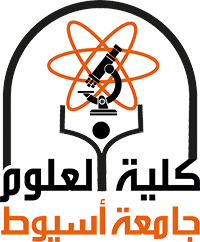Limestone mining waste and its derived CaO were checked as an adsorbents of pb2+, Cu2+, and Cd2+ ions
from water solution. The characterization of Limestone and calcined limestone was studied by using
X-ray diffraction (XRD), Fourier transform infrared spectroscopy (FTIR), thermogravimetric analysis
(TGA), Scanning Electron Microscope (SEM), and Surface area measurements (BET). The optimum
conditions of sorbent dosage, pH, initial concentration, and contact time factors were investigated
for pristine limestone and calcined limestone absorbents. The results indicate that the optimum initial
concentrations of (Ci) were 1200, 500, and 300 ppm for Pb, Cu, and Cd, respectively, using calcined
limestone adsorbent, while using the pristine limestone adsorbent, the corresponding optimum initial
concentrations were 700, 110, and 50 ppm. In the ternary system sorption, the results indicated that
the selectivity sequence of the studied metals by limestone can be expressed as Pb2+ > Cd2+ > Cu2+, while
calcined limestone exhibits a higher selectivity for Pb2+ compared to Cu2+ and Cd2+. Hence, various
adsorption isotherm and kinetic models were examined to explore different patterns and behaviors of
adsorption. So, the results indicate that calcined limestone has great potential for eliminating cationic
heavy metal species from industrial water solutions.
Research Abstract
Research Date
Research Department
Research Journal
Scientific Reports | (2025) 15:1680
Research Member
Research Publisher
nature portfolio
Research Website
https://doi.org/10.1038/s41598-024-82861-2
Research Year
2025
Research Pages
20 P

